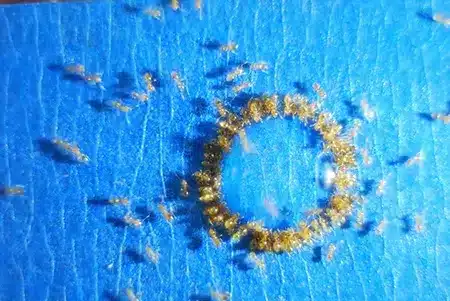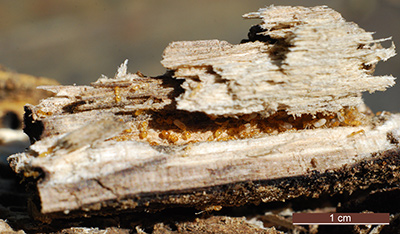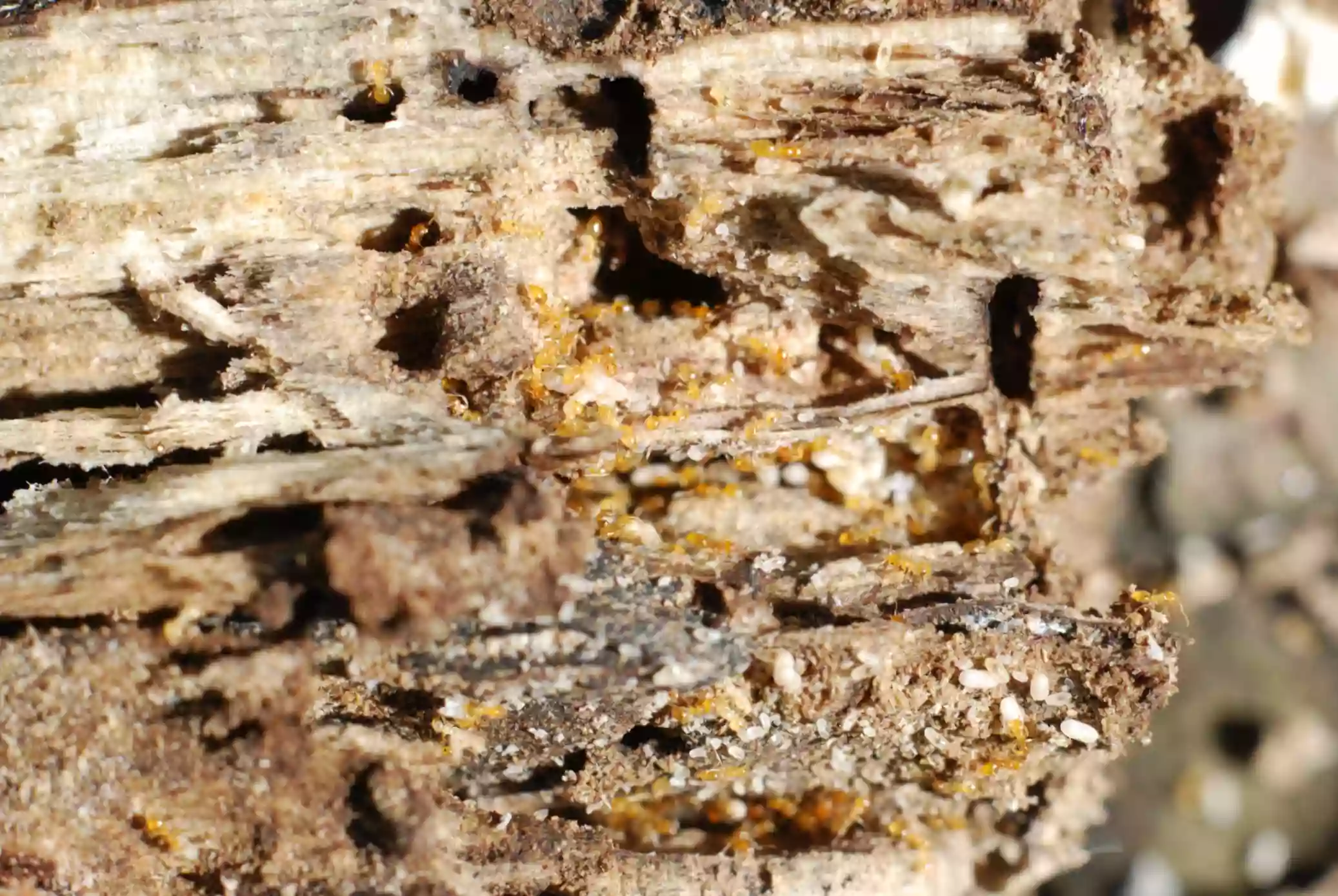Active Seasons




Little Yellow Ant Appearance and Size Facts
Little yellow ants can be a major nuisance in households if not properly identified and treated. These ants originated in Madagascar and have spread around the world. Now invading homes and backyards around South Florida, little yellow ants displace native ants. These ants are also able to reproduce quickly and form high-density nests, causing infestation issues in homes and outdoors in gardens. These ants can even form super colonies with many queens!
Locating and eliminating little yellow ant colonies is challenging because they nest in moist soil, under rocks, or in decaying wood. Little yellow ants have a yellowish color and a slender abdomen, making them fairly easy to identify, at least to the trained eye.
Identifying Little Yellow Ants From Other Ants
You must consider several vital characteristics when distinguishing little yellow ants from other ant species. While color can be an initial clue, it may not always provide a definitive identification, since there are other pale-colored ants, like Ghost Ants, in Florida. If you suspect an infestation of little yellow ants and want to get a definitive identification, you should seek help from Hulett Environmental Services’ expert team!
We provide ant control for little yellow ants in the following locations and their surrounding areas:

Behavior and Habitat of Little Yellow Ants
Known for infesting landscape debris and invading homes and displacing other ants from properties, little yellow ants can cause serious problems for homeowners. Their rapid breeding and colonization can result in infestation if left unchecked. Little Yellow Ants can also create piles of dirt at the entrance to their nests, causing aesthetic concerns. As with other ant species, the leading cause for concern during a little yellow ant infestation is that the travel of these insects around food items and food preparation areas can lead to the spread of bacteria and germs.
While seeing little yellow ants is a problem all on its own, the presence of these bugs can also indicate an excess of moisture in your home. Since little yellow ants are highly attracted to moisture, homeowners seeing a sudden increase in these pests may want to check for leaks and moisture sources, and be sure to address them to help prevent little yellow ant infestations.

Signs of Infestation of Little Yellow Ants
There are several key signs of an infestation of little yellow ants in a home. The most obvious one is simply seeing these ants inside your house. Homeowners may also notice mounds of soil around the property, as little yellow ants tend to create piles of dirt at their nests’ entrances. When crushed or disturbed, little yellow ants, or citronella ants, emit a distinct lemon-like odor, which can also help identify their presence.

Tips for Prevention of Little Yellow Ants
Tips for Prevention of Little Yellow Ants
You can take several preventive measures to minimize the presence of little yellow ants in your home. Overall, keeping your living space clean and free of food crumbs and spills that may attract ants is key.
Seal food containers and store them in secure areas. Empty trash cans and clean up any food debris. To prevent these ants from entering your home, seal cracks and gaps in windows, doors, and walls. Trim trees and shrubs that touch your house since these can serve as bridges for them. Additionally, be especially careful to minimize unnecessary moisture around your home to help deter these and other humidity-loving pests.
Getting Rid of Little Yellow Ants
There are practical approaches for getting rid of little yellow ants from your home. While identifying and sealing the ants’ entry points and nesting sites, such as wall cracks, window gaps, and plumbing openings, is key to prevention, once a little yellow ant colony is inside your home, getting rid of it can be nearly impossible without professional help.
Fortunately, professional pest technicians can help by placing baits near tracks or suspected nests. Furthermore, pest experts can help you ensure proper identification of your ant and other pest infestations, and help you identify points-of-entry.
Effective Little Yellow Ant Control Solutions
Are you looking for practical solutions to control little yellow ants? Look no further than Hulett Environmental Services. With over 50 years of experience and a team trained by board-certified entomologists, Hulett is a leading pest control company offering green pest control solutions for ants and other pests.
Our Healthy Home Pest Control services help eradicate infestations for many pests, including ants. Using our expertise, you can protect your family, home, and pets from invasive South Florida pests like little yellow ants. Don’t let these pesky ants disrupt your peace of mind; just call Hulett today and experience top-notch pest control services!




